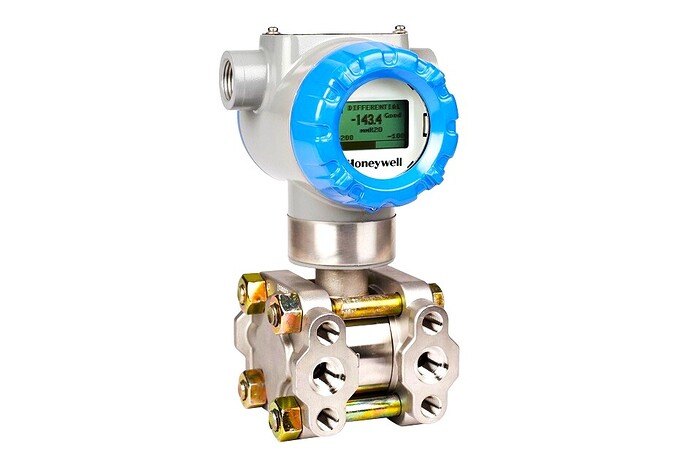Hi,
In the DP type FT, despite of temperature and pressure is stable, indication of flow changing approximately between 0- 40 kg/h, flow is not stable. What can else influence the flow?
Hopefully you have resolved the issue by now but if not. Have you blown the flow meter down? If so when you do does the reading stabilize for a period of time? Is your shield landed?
Does the meter read a stable 0 on the PV when blocked and vented to atmosphere? Have you tried driving in a signal to ensure it is stable coming into the CS ( without the meter just simulate on the wires)? If all of these things check out look at your impulse lines.
If the DP meter is in a gas process ensure it is located above the taps with no low points. If it is in a liquid service ensure you are getting good fill legs.
In a differential pressure (DP) type flow transmitter, where temperature and pressure are stable but the flow indication is not stable within the range of 0-40 kg/h, there are several other factors that could influence the flow measurement.
Differential Pressure Flow Transmitter
Here are a few possibilities:
Mechanical Issues
The flow transmitter or its associated components may have mechanical problems that affect its accuracy and stability. This could include issues such as worn-out or damaged parts, clogging or blockages in the flow path, or problems with the valve or control elements.
Sensor Calibration
The flow transmitter’s differential pressure sensor might be improperly calibrated or experiencing drift over time. This can lead to inconsistent flow readings. Regular calibration and maintenance of the sensor are important to ensure accurate measurements.
Fluid Properties
Changes in the fluid properties, such as viscosity, density, or composition, can affect the flow measurement. If the fluid being measured is not consistent in its properties, it can cause fluctuations in the flow readings.
Pipe Condition
The condition of the pipes through which the fluid flows can impact the flow measurement. Irregularities in the pipe walls, such as corrosion, scaling, or roughness, can create turbulence or affect the pressure differentials, resulting in unstable flow readings.
External Interference
External factors like vibrations, electrical noise, electromagnetic interference, or nearby equipment can introduce disturbances and affect the flow transmitter’s performance. These interferences can lead to inconsistent readings. (Very Less chances)
Installation Issues
Improper installation of the flow transmitter, such as incorrect positioning, inadequate straight pipe lengths upstream or downstream of the measurement point, or improper alignment with the flow profile, can introduce measurement inaccuracies and flow instability. (For new DP transmitters)
